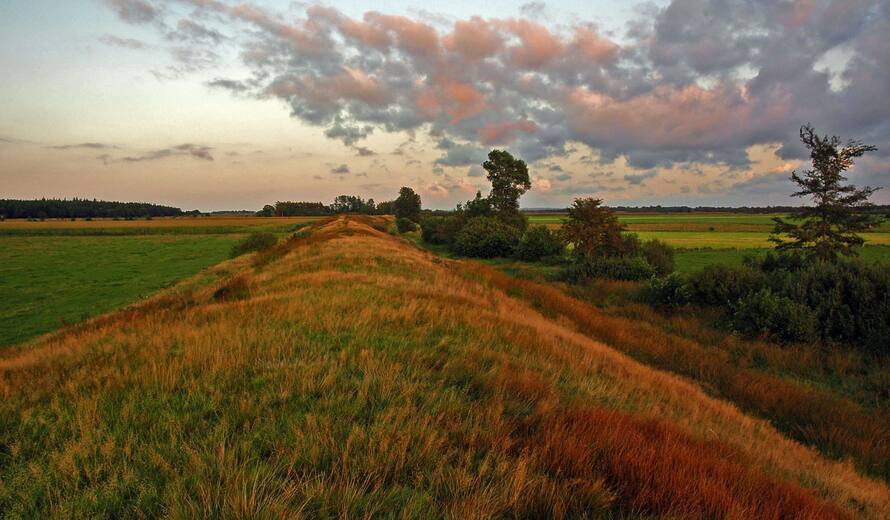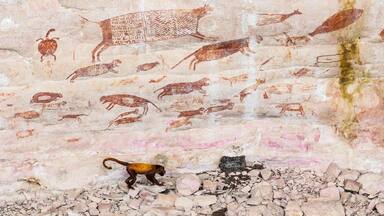Two sites added to UNESCO’s World Heritage List
The World Heritage Committee, meeting in Manama since 24 June under the chair of Shaikha Haya Bint Rashed al-Khalifa of Bahrain, inscribed cultural sites in Denmark and Germany on the World Heritage List this afternoon. Inscriptions will continue through 1 July.
The new World Heritage sites, in order of inscription, are:
Aasivissuit-Nipisat, Inuit Hunting Ground between Ice and Sea (Denmark) – Located inside the Arctic Circle in the central part of West Greenland, the site contains the remains of 4,200 years of human history. It is a cultural landscape which bears witness to its creators’ hunting of land and sea animals, seasonal migrations and a rich and well-preserved tangible and intangible cultural heritage linked to climate, navigation and medicine. The features of the site include large winter houses and evidence of caribou hunting, as well as archaeological sites from Paleo-Inuit and Inuit cultures. The cultural landscape includes seven key localities, from Nipisat in the west to Aasivissuit, near the ice-cap in the east. It bears testimony to the resilience of the human cultures of the region and their traditions of seasonal migration.
Archaeological Border Complex of Hedeby and the Danevirke (Germany) – The archaeological site of Hedeby consists of the remains of an emporium – or trading town - containing traces of roads, buildings, cemeteries and a harbour dating back to the 1st and early 2nd millennia CE. It is enclosed by part of the Danevirke, a line of fortification crossing the Schleswig isthmus, which separates the Jutland Peninsula from the rest of the European mainland. Because of its unique situation between the Frankish Empire of the South and the Danish Kingdom in the North, Hedeby became a trading hub between continental Europe and Scandinavia and between the North Sea and the Baltic Sea. Because of its rich and well preserved archaeological material, it has become a key site for the interpretation of economic, social and historical developments in Europe during the Viking age.
The 42nd session of the World Heritage Committee continues until 4 July.
Live webcast: https://whc.unesco.org/en/sessions/42COM/ - live
Photo gallery: https://whc.unesco.org/en/newproperties/?date=2018&mode=list&




